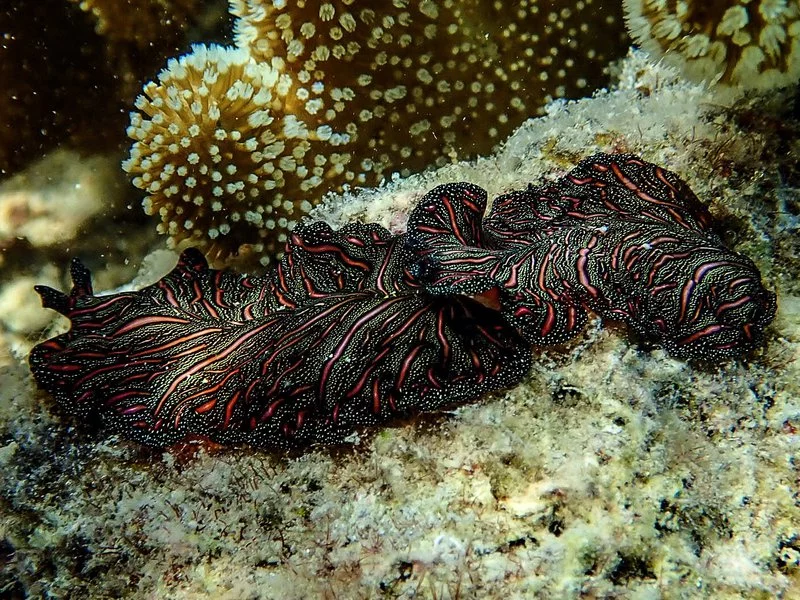Who's ready to meet another one of our favourite tiny reef dwellers on a
Wings charter?
You're probably wondering why we think these things are so great. The name flatworm brings to mind images and ideas of wrigley, slimy, dull little creatures. However flatworms are anything but those things.
Marine flatworms belong to the phylum platyhelminthes which includes animals like tape worms and parasitic fluke worms. However unlike their parasitic cousins marine flatworms are both beautiful, colourful and interesting little creatures which pose no threat to your health.
They are very simple, delicate and thin bodied creatures. So thin in fact that they are composed of only three cell layers, this means that flatworms do not need lungs or other respiratory organs, they can take oxygen directly from the water through their skin and disperse it through their entire body.
Although they are small and delicate most flatworms are voracious carnivores feeding on small animals like some molluscs, crustaceans and other worms. However some of them are vegetarian and survive completely on algae. But remember how we said that these guys are super thin, this means they don't have room for complicated digestive systems with a stomach like us. So where does all that food go?. Well these guys have developed a very simple, single body cavity which has many branches like the roots of a tree to allow the nutrients from the food to reach all parts of its body. Flatworms don't really have to worry about becoming someone's dinner in return. This is due to the bright colours and patterns displayed on their bodies which tells would be predators that these little guys have some harmful toxins inside their bodies.
Flatworms also have a little super power, the power of regeneration, which is really handy considering how delicate and easily damaged they are. If a flatworm were to become stressed and break apart, or even if you were to cut one right through the middle, it wouldn't mean the end of that little guy. Each piece would regrow into a brand new flat worm. Pretty impressive right. In Fact some flatworms split themselves apart to reproduce, this means that the offspring are an exact clone of the parent. Flatworms are simultaneous hermaphrodites, meaning they are both female and male and will reproduce sexualy through an interesting mating “dance” called fencing, and fencing is exactly what it looks like.
Spotting these little guys on a snorkel is definitely a highlight. Their bright colours and beautiful patterns are enough to make anyone's day. The real treat is seeing one swimming freely. We know a swimming worm is not usually something you would associate with beauty and grace but flatworms have mastered it. They move their little bodies through the water with undulating wave motions which bring to mind the moves of spanish flamenco dancers.
Join us at
Wings Whitsundays Adventures for your chance to meet some of these miniature ocean groovers and see for yourself why Wings thinks they are some of the oceans finest.

